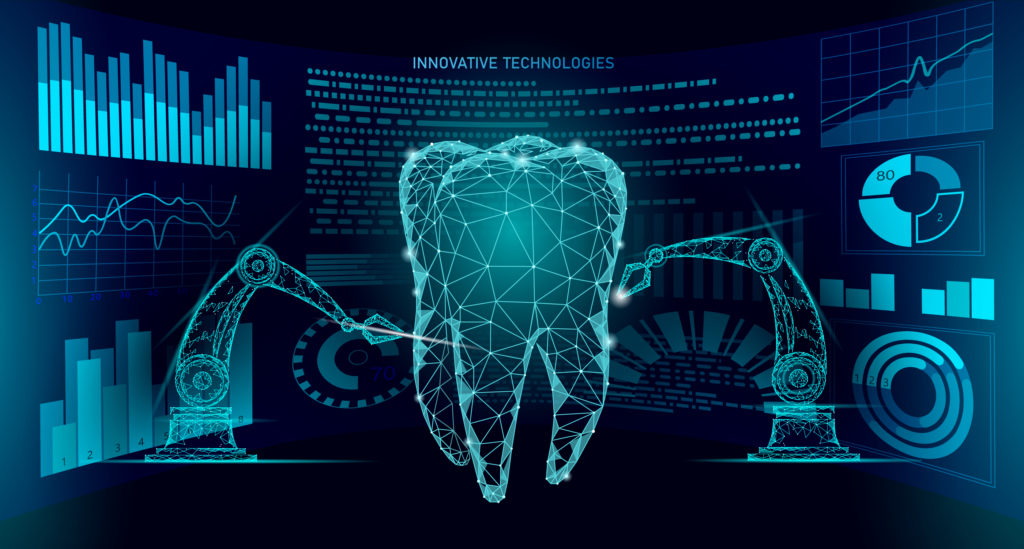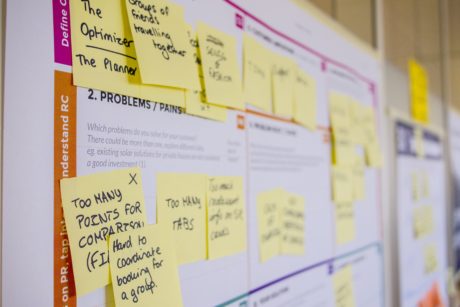Our world continues to develop and grow at a fast rate, and these advancements have made a direct impact on dentistry and the dental technology/techniques used.
A little bit about the evolution of the dental technology
The first technology, that most dental professionals will be familiar with, is the use of intraoral imaging. Gone are the days of creating impressions of your teeth with use of trays filled with putty, which is always an uncomfortable experience. Nowadays, the iTero machine will provide a fully detailed image of the inside of a patient’s mouth, which provides a clearer picture of what might be happening.
Another advancement that came about, especially during the height of the pandemic, is the use of tele-dentistry. Although it may seem like tele-dentistry can only be useful during COVID-19, it is not necessarily true. Tele-dentistry allows patients to send real time images of their mouths to dental professionals and receive instructions for care. This is especially vital to rural communities, or even foreign communities, that do not have immediate access to oral healthcare. This technology also allows patients with severe anxiety about visiting the dentist, get the help they need without putting them through a strenuous experience.
What’s Next?
The most exciting technology that is up-and-coming, may be the use of regenerative dentistry. They’re had previous studies on dental fillings that can stimulate stem cells to encourage the growth of dentin, which is the main component of our teeth. Now this research has been taken a step further and have used updated technology to map the differentiation pathways of cells that make up our teeth, which will accelerate the progress of regenerative dentistry and help replace lost or damaged tissue.
It is an exciting time in the world of dentistry, as technologies become more sophisticated and create a better overall patient experience.






